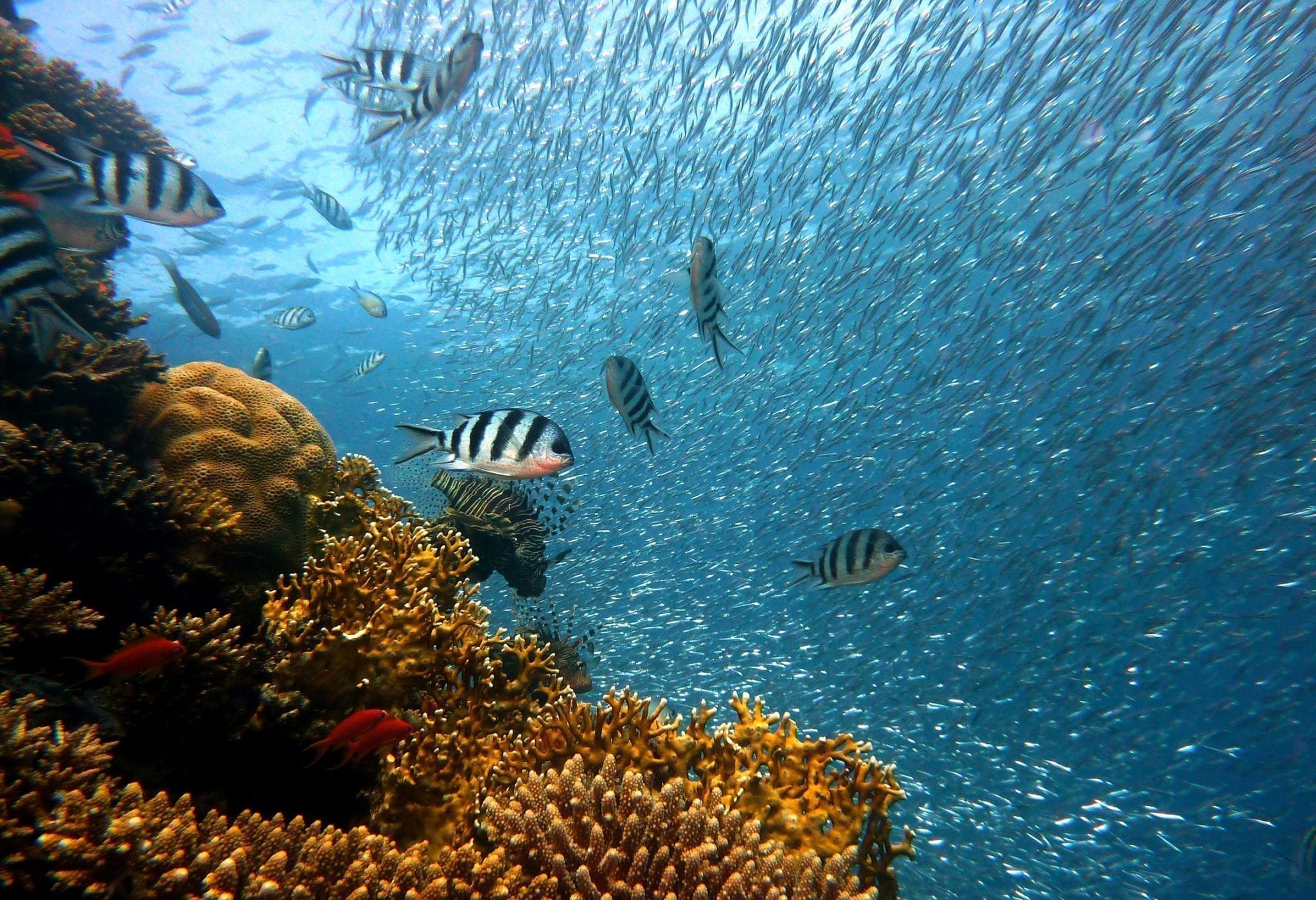The speed of change has increased rapidly in recent years. Due to fast developing technology and changing consumer behaviour, companies experience a high level of volatility. They must find new ways of working to deal with this ‘new normal’ in which the only real certainty is uncertainty.
New ways of working that are widely adopted include design thinking and Agile Scrum. They have in common that they use visual techniques to stimulate collaboration. When teams use these visual techniques, they are more creative, more effective and work faster, because they collaborate in a dynamic environment. Thus, being able to visualize is an incredibly useful skill to have! This article dives into the wonderful world of visualisation and how it can be used to empower your organisation.
What is visualisation?Visualisation is a method that makes content and processes visible. It goes way beyond drawing images. It is about thinking with your pen, which helps to order thoughts, make content easy to remember, make the abstract tangible and create a collective understanding. Just to name a few benefits. Although visualisation happens through drawing, its purpose is to gain insight! Never to create pictures.

Our culture is ever more visual. Although most people have no trouble consuming media, they do not feel confident to create their own images. Often, people will say: I can’t draw, so I can’t visualize. They are wrong there. Firstly, it’s not about the quality of your drawing, it’s about connecting with each other through drawings. Secondly, everybody is born with the ability to think in pictures, and visualizing these pictures is a skill that can be learned. By anyone. No artistic talent is needed.
When to use it?Visualisation can be used in any situation to support learning, dialogue and change processes. Thus, there are many ways of applying it. Here are a few examples:
You can apply it yourself and start right away via sketch noting. This means that during meetings, presentations etc. you draw what you hear and see. You can use text, pictograms and any graphic element that you can think of. What will happen, first of all, that you pay more attention, and therefore are more engaged. Secondly, you will focus on the main messages and their connections, instead of just trying to write everything down that is being said. Thus, you focus on what is important, which makes your notes more relevant.
You can also do something similar but on a bigger scale. Say during a conference you want to secure the knowledge that is shared, and you want to enable the participants to develop a collective understanding. Then it a great idea to invite a professional graphic recorder. The graphic recorder will listen to the presentations and dialogues. Then he will visualize the main messages, their connections and possibly even give the elephant in the room a voice. This enables participants to look at what is being said, talk about it and create this collective understanding about the topics. In addition, these visualisations can be shared after the conference.
Visualisation can happen live and behind a desk. It can be used by novices and professionals, for presenting, facilitating, training and coaching. And apart from being useful, it is super fun to do!
Whether you want to visualize yourself or leave it to the professional, try it. You will gain valuable insights and have a lot more fun!



